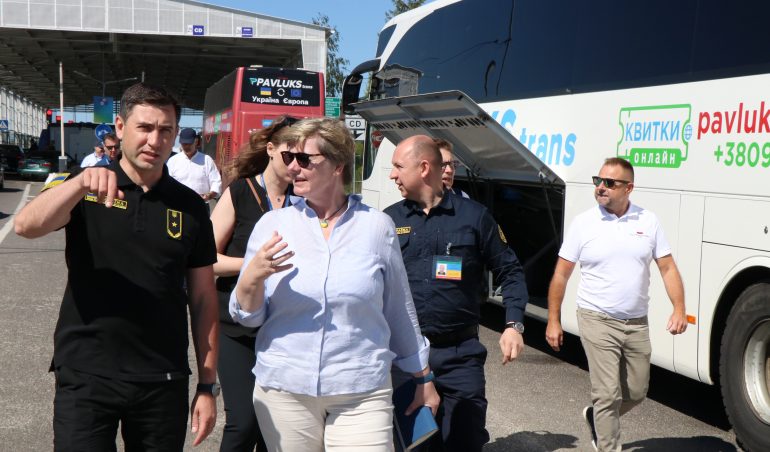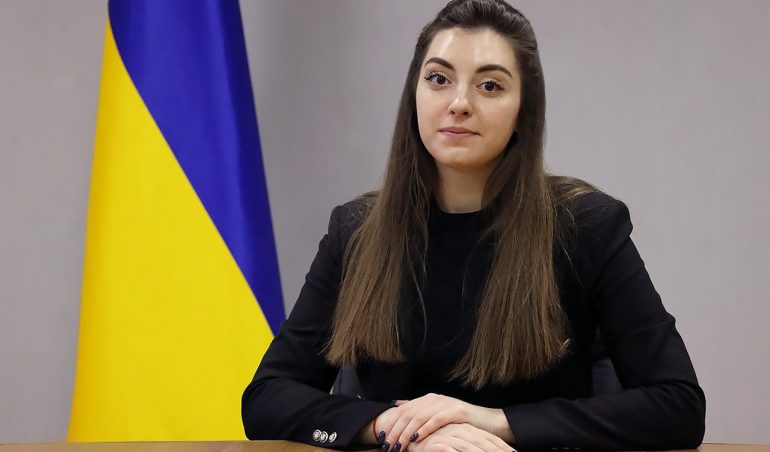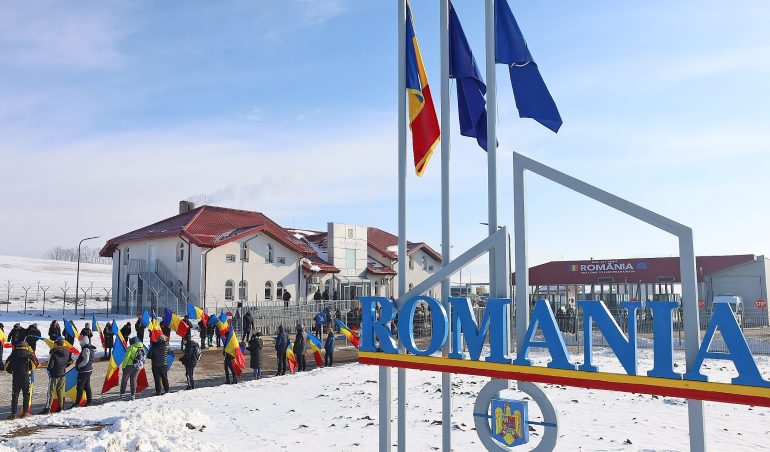Customs, Migration, Security: Mission’s Agenda in Chernivtsi
April 25, 2025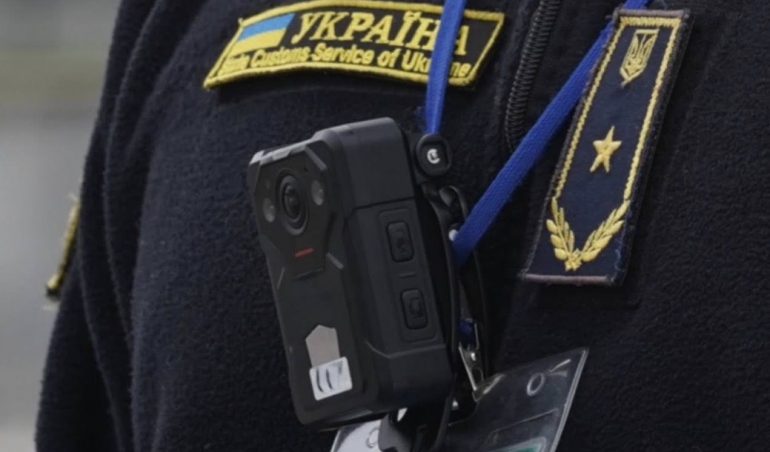
Last week, the European Union Advisory Mission (EUAM) Ukraine visited the Chernivtsi region to strengthen cooperation with local institutions managing Ukraine’s border with Romania. Today, this direction has become an increasingly important transit point for both people and goods.
The three-day visit focused on exchanging information about achievements, challenges, and practical solutions to further enhance border security, customs control, migration and internally displaced persons (IDP) management systems, as well as regional administration. Particular attention was given to border infrastructure in this strategically important western region.
Border Efficiency and Oversight
Meetings with the Border Guard Detachment in Chernivtsi provided an in-depth overview of the current security environment and the unit’s evolving operational needs. The team explored how the Mission could continue supporting efforts to strengthen Ukraine’s border management systems.
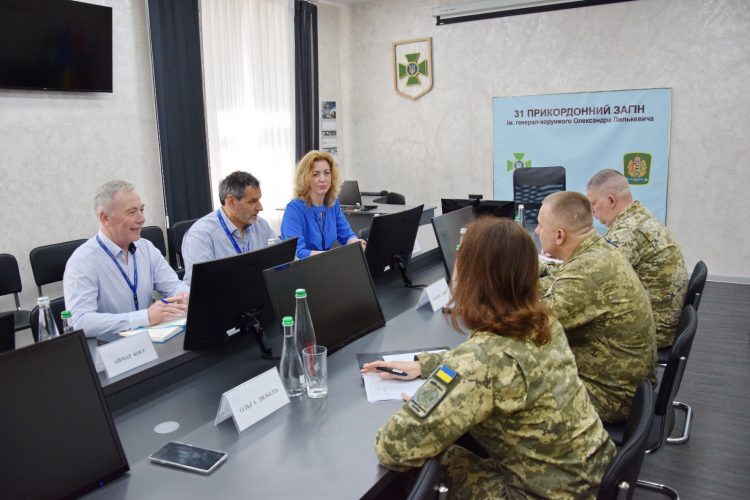
At the Porubne-Siret Border Crossing Point, EUAM, together with the leadership of Chernivtsi Customs, reviewed the rollout of a project introducing body cameras for customs officers, aimed at improving transparency and institutional accountability.
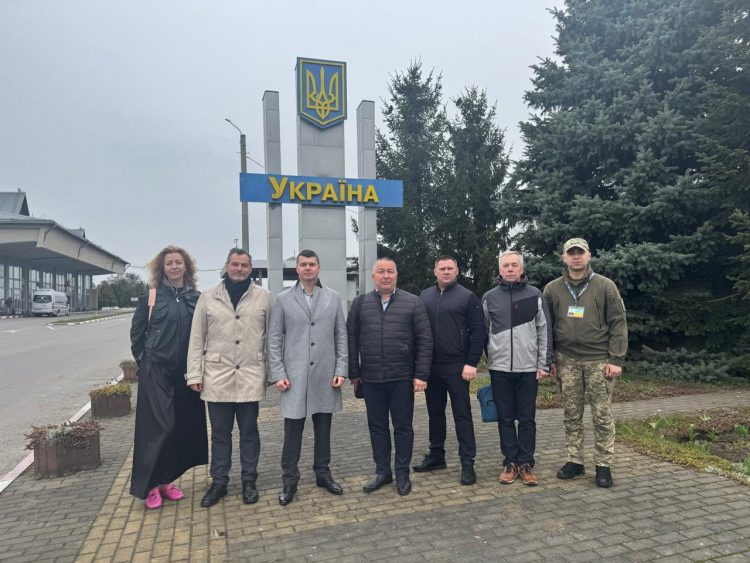
“The body camera project at Porubne BCP is a great example of how transparency tools can strengthen both public trust and institutional integrity. We are grateful for the good and close cooperation with the State Customs Service IT department as well as Chernivtsi Customs house in realising the project,” said Juergen ILLIG, Head of EUAM’s Integrated Border Management (IBM) Unit.
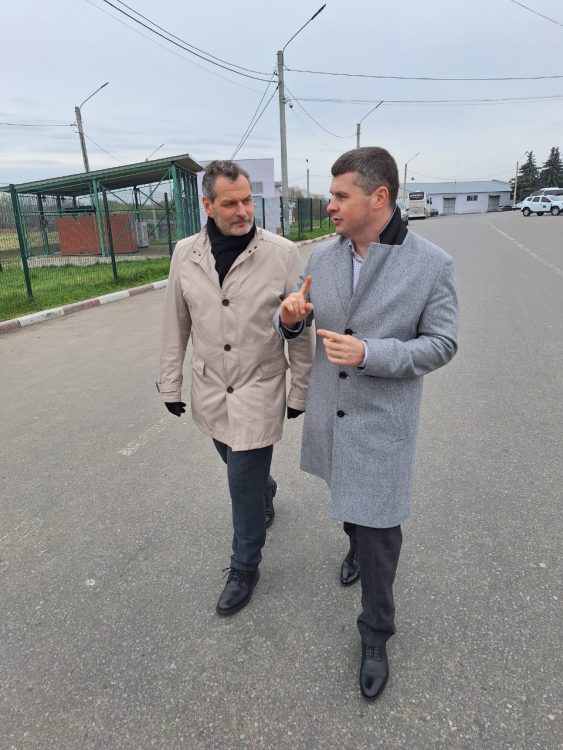
The Head of Customs, Yurii Herasymov, in his turn, emphasised the importance of cooperation with international partners and the integration of modern technologies into daily operations.
Customs officials also presented how they use scanning technology, physical inspections, and risk analysis to streamline cargo clearance while preventing smuggling. They noted that by refining these analytical tools and introducing a digital customs clearance system, cross-border freight capacity could be significantly increased, especially during full 12-hour operational shifts.
Migration Service and Wartime Demands
The State Migration Service office in the Chernivtsi region briefed the EUAM team on how it continues to adapt under martial law. Acting Head of the State Migration Service in Chernivtsi region, Vasyl Parashchuk, and Deputy Head, Valerii Popov, shared the realities of documenting IDPs during emergency periods, managing a surge in demand at the onset of the full-scale invasion, and ensuring legal compliance while safeguarding humanitarian needs.
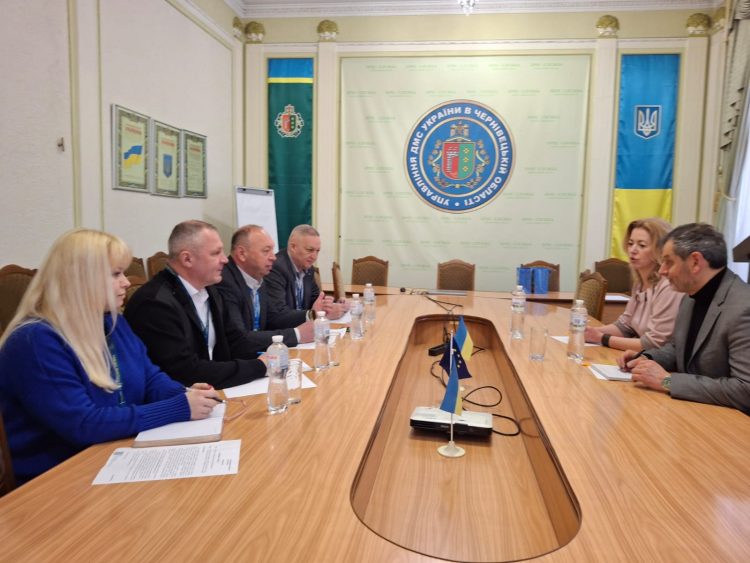
The meeting also revealed a growing number of irregular migrants registered in the region, further underlining the importance of integrated migration and border responses.
Coordinating Regional Security and Development
The officials of the Chernivtsi Regional Military Administration updated the EUAM team on infrastructure development, cross-border cooperation, and broader efforts to enhance integrated border management. Officials emphasised the importance of building systems that not only meet today’s challenges but also support future growth and regional stability.
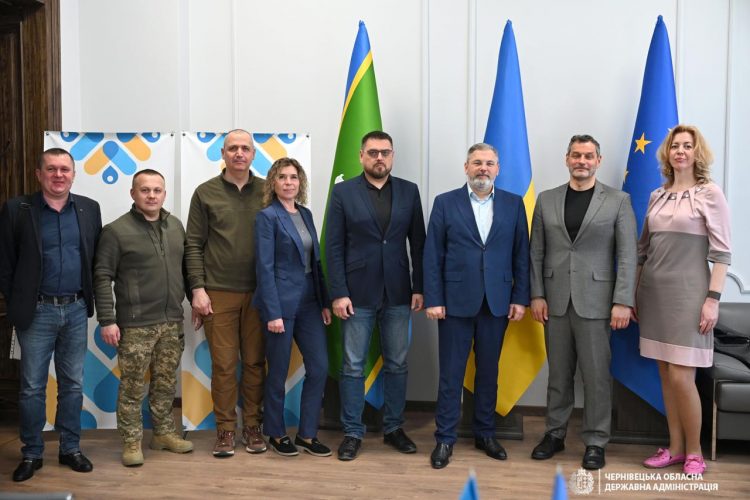
Talks covered ways to improve Ukraine’s capacity to deal with modern security threats while also fostering better economic links with neighbouring Romania.
“We are currently working on increasing the capacity of the Porubne-Siret checkpoint, launching the first stage of large passenger buses through Dyakivtsi – Rakovets, and creating infrastructure conditions for the passage of vehicles with cargo at the Krasnoyilsk – Vicova de Sousse checkpoint. Important promising projects include the opening of the Bila Krynytsia – Climeutz, Shepit – Izvorele Sucevei, and Ruska – Ulma checkpoints,” said Ruslan Zaparaniuk, the head of Chernivtsi Regional Military Administration.

EUAM reaffirmed its readiness to support these efforts through strategic advice and hands-on cooperation, helping to turn plans into sustainable improvements on the ground.
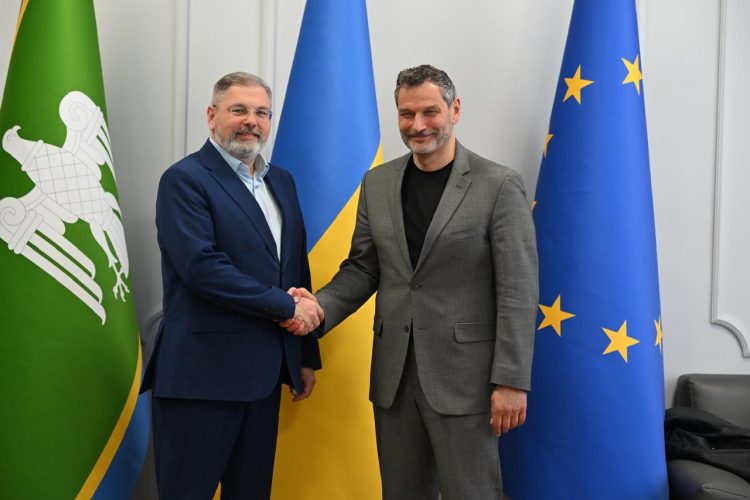
Next Steps and Continued Support
The visit helped define further directions for cooperation, including monitoring of the body camera project, advice on refining migration and citizens’ documentation procedures, and advancing integrated border management reforms. By working alongside regional partners, the Mission continues to support efforts that build trust, improve services, and bring Ukraine’s civil security institutions closer to EU standards.

